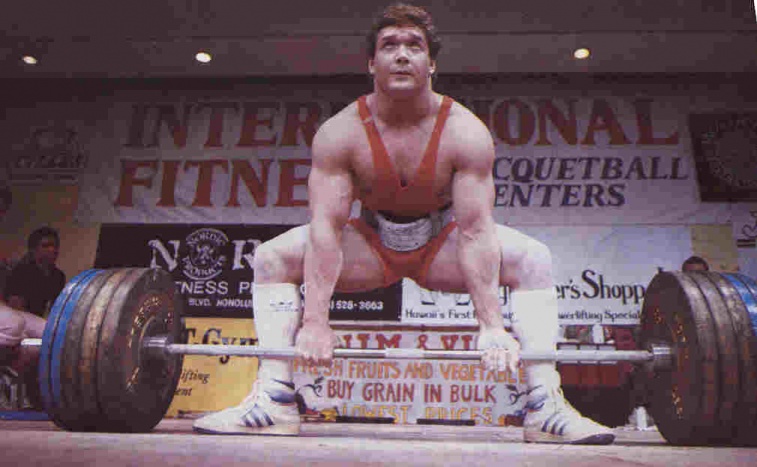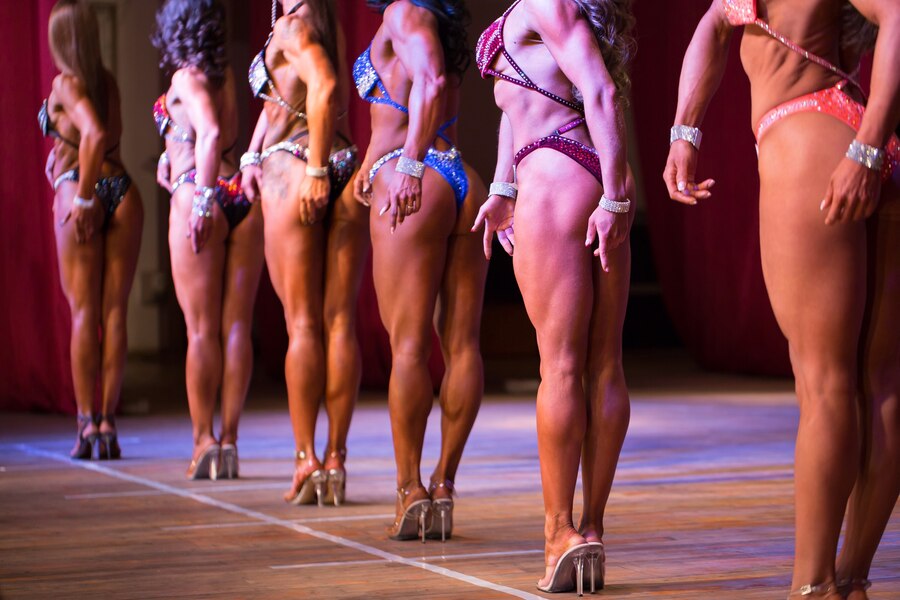The intricate relationship between hip and shoulder health is a testament to the body’s interconnected musculoskeletal system. Understanding this connection is crucial for effective treatment and prevention of related discomforts.
Anatomical Connections
Both the hip and shoulder are ball-and-socket joints, allowing for a wide range of motion. The muscles, tendons, and ligaments surrounding these joints form a complex network that facilitates movement and stability. For instance, the latissimus dorsi muscle extends from the lower back to the upper arm, influencing both shoulder and hip movements. This anatomical linkage means that dysfunction in one area can impact the other.
Movement Patterns and Compensation
Functional activities like walking and throwing highlight the coordination between the hips and shoulders. During walking, the natural swing of the arms is synchronized with leg movements, promoting efficiency. Restricting arm swing increases energy expenditure and ground reaction forces, indicating reduced efficiency.
Jenn Pilotti Similarly, in throwing, the rotational power is generated through the coordinated action of the hips, torso, and shoulders. If one joint is compromised, others may compensate, leading to overuse and potential injury.
Postural Influences
Poor posture, such as rounded shoulders or anterior pelvic tilt, can create imbalances affecting both the hips and shoulders. For example, slouching can lead to tight chest muscles and weakened upper back muscles, altering shoulder mechanics and placing additional strain on the hips. Addressing postural issues is essential to maintain the health of these joints.
Rehabilitation and Prevention Strategies
Effective rehabilitation should consider the interconnectedness of the body’s joints. Strengthening and stretching exercises targeting both the hips and shoulders can restore balance and function. For instance, hip rotation exercises can alleviate shoulder discomfort by addressing underlying hip weaknesses.
Maks Reznik Additionally, maintaining proper posture and engaging in regular physical activity are vital in preventing musculoskeletal issues.
In conclusion, recognizing the link between hip and shoulder health is vital for comprehensive musculoskeletal care, ensuring training and competition longevity. By adopting holistic approaches that address the body’s interconnected systems, individuals can achieve better outcomes in both prevention and rehabilitation of joint-related issues.
We wrote up two great guides on should and hip health, so check them out here:
Shoulder Health and Exercises to Improve It: A Guide for Powerlifters
Hip Health and Exercises to Improve It: A Guide for Powerlifters


